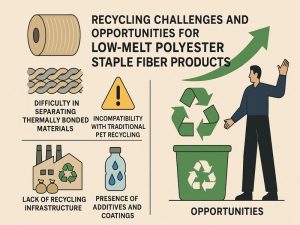
Recycling Challenges and Opportunities for Low-Melt Polyester Staple Fiber Products
The heat-bonding synthetic fiber known as low-melt polyester staple fiber (LMPSF) is utilized in nonwovens, wadding, and filters. Melting at
Home » News

The heat-bonding synthetic fiber known as low-melt polyester staple fiber (LMPSF) is utilized in nonwovens, wadding, and filters. Melting at
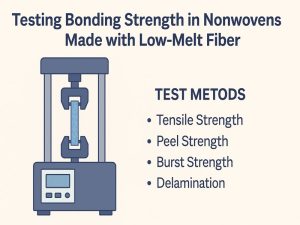
Low-melt polyester fibers are key to thermally bonded nonwovens, melting at 110–180°C to act as internal adhesives. Used in filters,
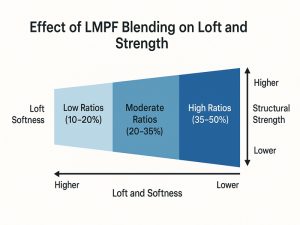
Balancing softness, durability, and resilience is key in nonwovens. Low-Melt Polyester Fiber (LMPF) offers an effective solution by enabling thermal
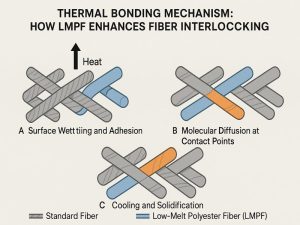
Thermal bonding is a key method in textile and nonwoven manufacturing, offering strength, flexibility, and eco-efficiency. Low-Melt Polyester Fiber (LMPF),
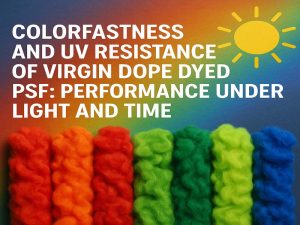
In textiles, visual appeal matters as much as performance—especially outdoors or under UV. Virgin Dope Dyed Polyester Staple Fiber (PSF)
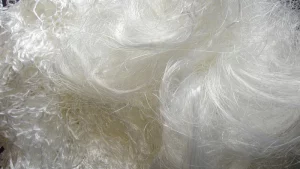
Polyester is one of the most widely used synthetic polymers in the world, recognized for its versatility and performance in

In recent years, flame retardant materials have become an essential part of home furnishings, driven by an increasing demand for
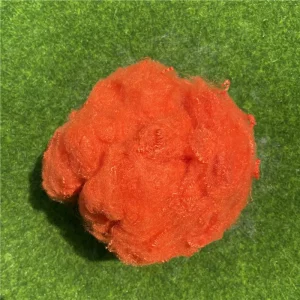
Because of its intrinsic flame resistance and adaptable qualities, flame retardant polyester staple fiber (FRPSF) is a high-performance material that
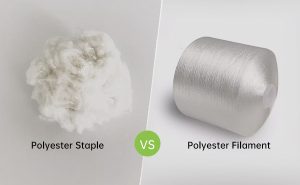
A popular synthetic material, polyester is valued for its affordability, strength, and adaptability. Found in clothing, upholstery, and industrial products,

Sustainability has gained importance across industries, with recycled materials, especially recycled polyester staple fiber (rPSF), gaining popularity in textiles. rPSF